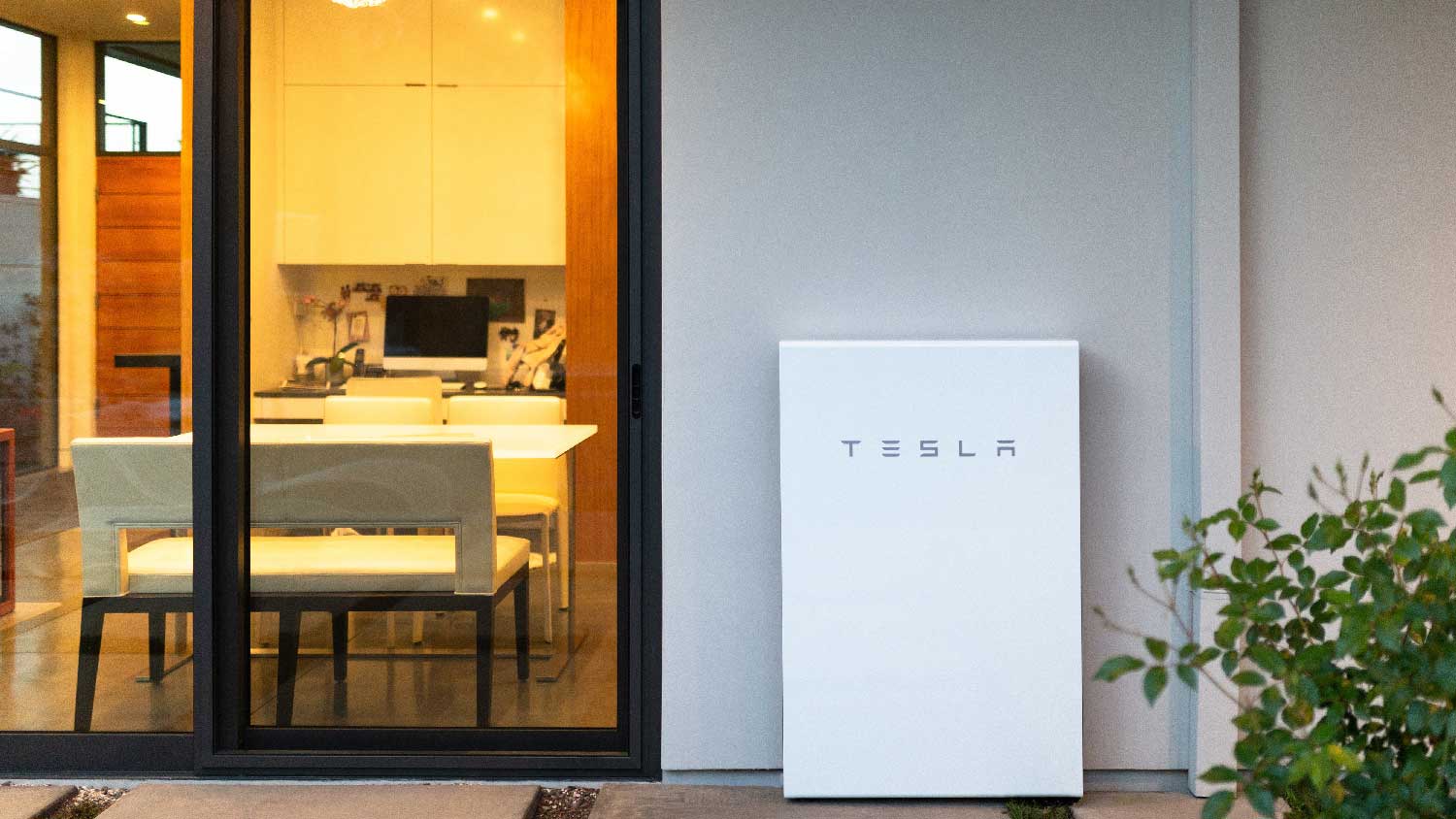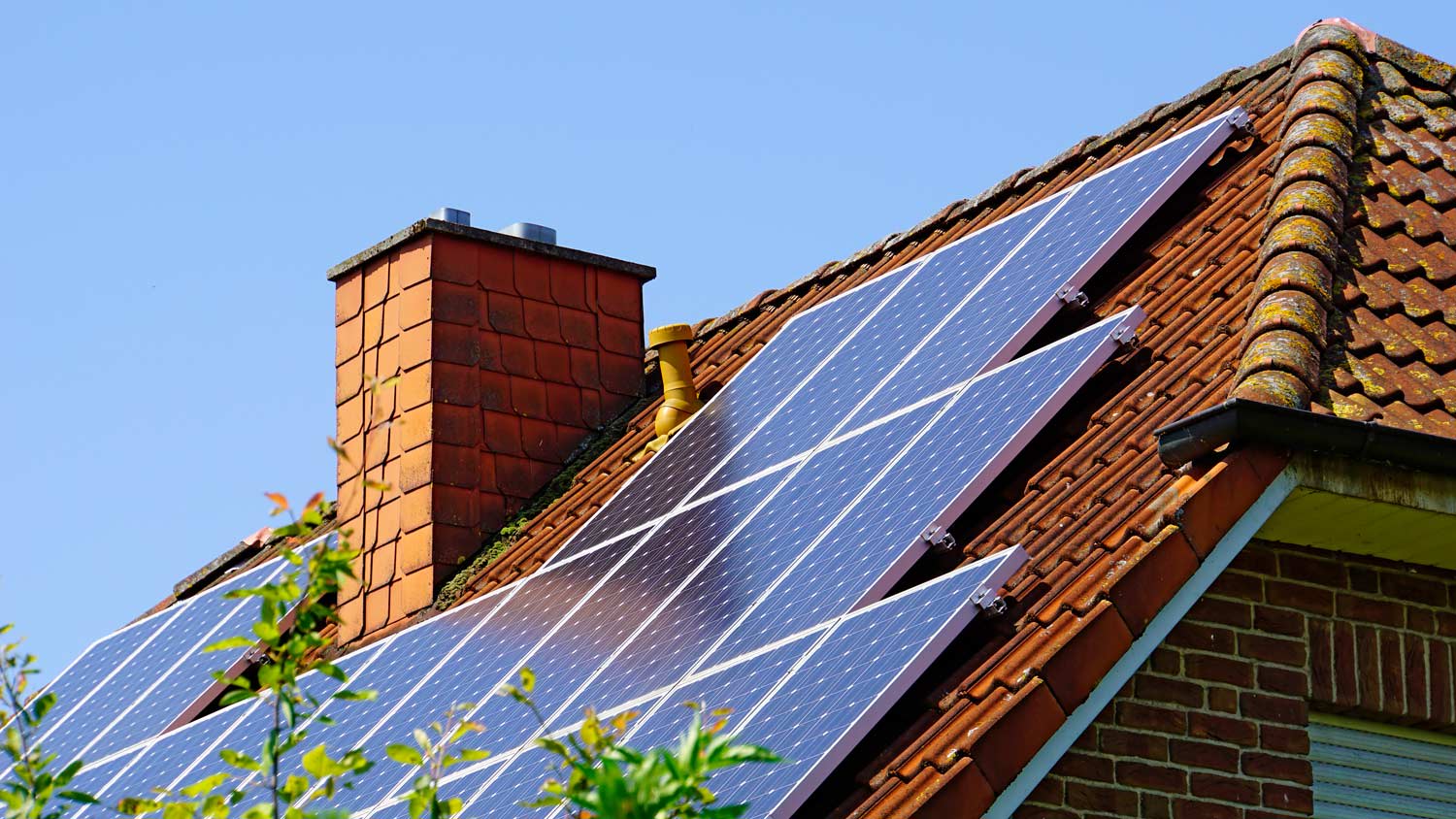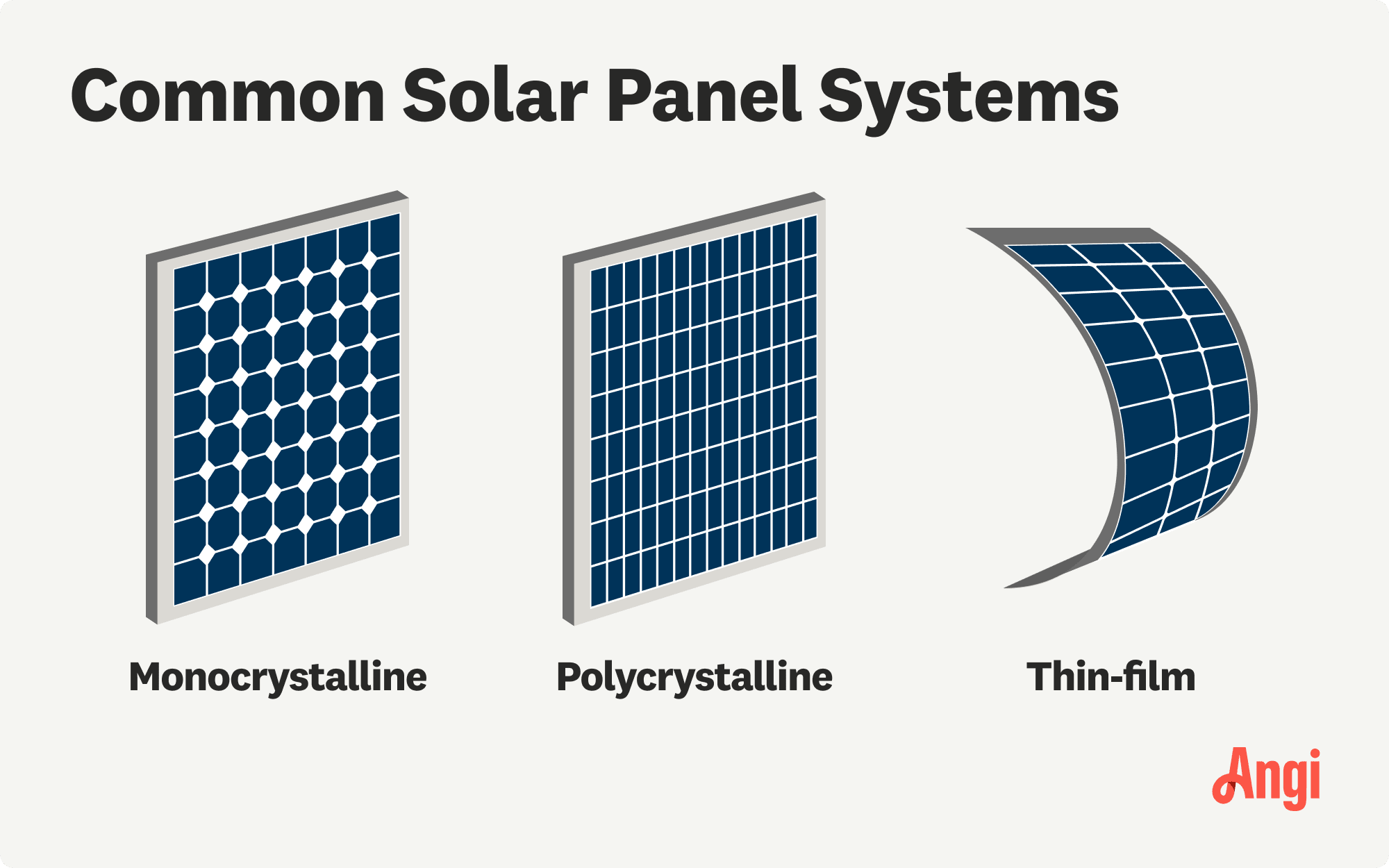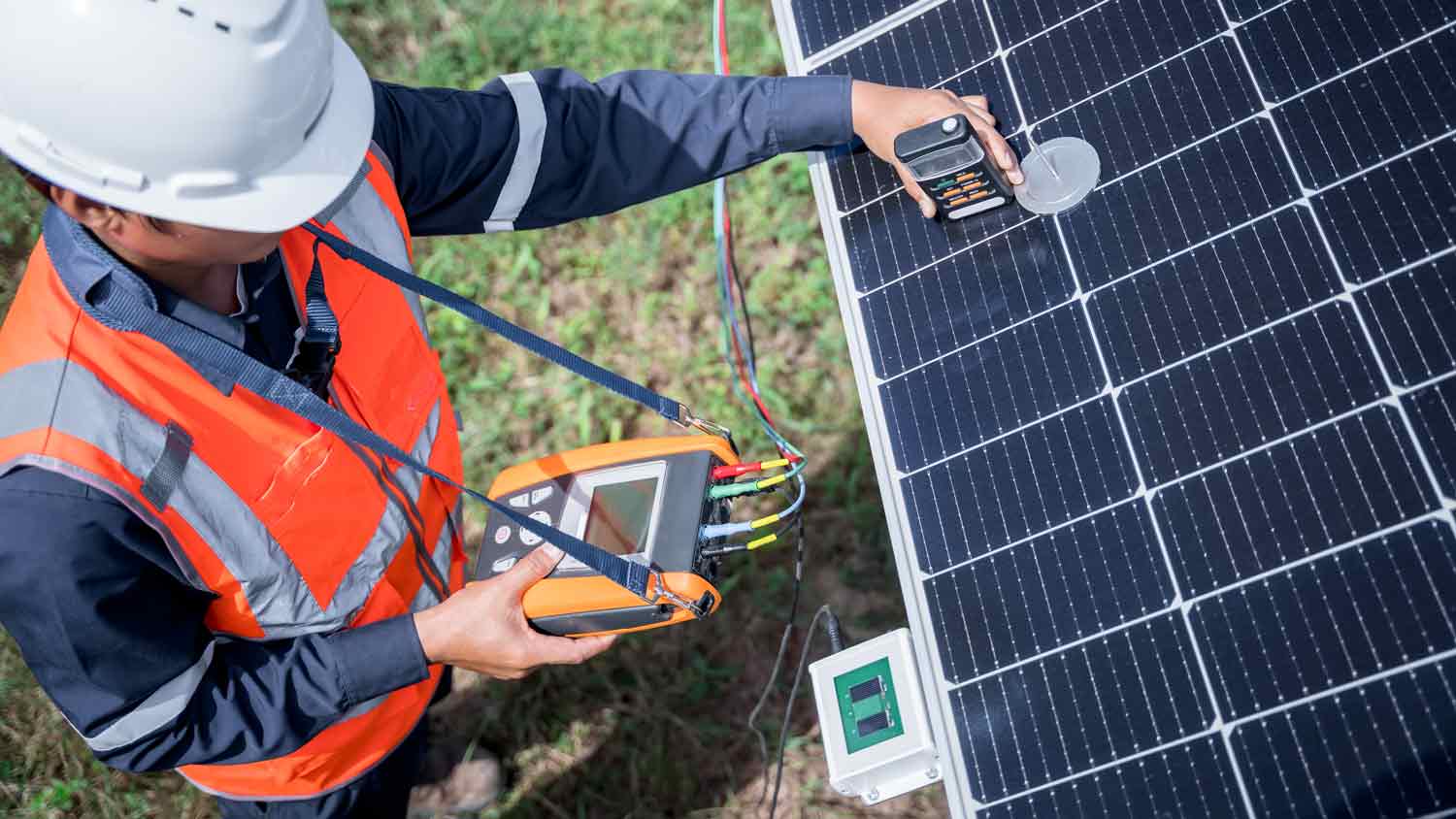
Discover the Tesla Powerwall installation cost, including average prices, cost factors, and tips to help homeowners budget and save on their Powerwall project.
Installing solar panels in Austin, Texas, averages $20,507, though it ranges between $12,850 and $29,015 based on system size, panel type, wattage, and more. A solar panel installer can assess your roof and install your system.


Austin's sunny weather and progressive energy policies create an ideal solar environment.
Austin Energy offers one of the best municipal utility solar programs in Texas.
Austin's tech-savvy buyers often look for homes with high-efficiency and smart energy systems.
Local rebates help with the up-front cost of residential solar panel projects in Austin.
Locals want to “Keep Austin Weird,” and a growing number want to keep Austin solar, too. Solar panel installation costs in Austin, Texas, range from $12,850 to $29,015, with an average of $20,507, depending on your setup and needs. With Austin's sunshine and tech-forward thinking, going solar makes sense for many homeowners. Let's break down the cost factors affecting your final solar panel costs.
From quirky rooflines and shading trees in old neighborhoods to modern homes in new developments, no two homes or solar installations are the same. These numbers give you a ballpark, but you'll want to chat with a solar panel installer in Austin, Texas, to get precise numbers for your home.
The size of the solar system will impact your solar panel installation costs. The larger the output, the more you’ll pay. Most homes need 6- to 10-kW (kilowatt) systems, which work out to anywhere from 15 to 34 panels, depending on the wattage.
The table below shows average costs based on the size of your solar system:
| System Size (kW) | Number of Solar Panels | Average Cost |
|---|---|---|
| 4 | 10–12 | $11,360–$13,120 |
| 6 | 15–18 | $17,040–$19,680 |
| 8 | 20–24 | $22,720–$26,240 |
| 10 | 25–30 | $28,400–$32,800 |

When choosing the type of solar panel that works best for your home, consider three main factors: efficiency, life expectancy, and design. Here’s how the type of solar panel can affect your cost:
| Type of Solar Panel | Average Cost per Watt | Efficiency Rate (%) | Pros | Cons |
|---|---|---|---|---|
| Monocrystalline | $1.05–$1.35 | 18–22 | Super efficient, looks sleek, space-saving | Higher up-front cost |
| Polycrystalline | $0.75–$1.05 | 15–17 | Budget-friendly, solid performance | Needs more roof space, less efficient |
| Thin film | $0.55–$0.90 | 10–12 | Performs well in shade, flexible installation | Needs the most space |
On average, most homes need anywhere from 20 to 25 panels to fully power a home, but this can range from as few as 15 to as many as 34. How many panels you need depends on the number of watts per panel, your energy consumption, and the efficiency of your panels. Your average solar panel will have an output of anywhere from 250 to 400 watts. The dimensions of your solar panels will also depend on the power output.
A solar installer can examine your past bills, inspect your roof, and determine how many solar panels are needed for your home’s energy use.
Like many areas in Texas, Austin's weather is intense, including scorching summers, surprise hailstorms, and occasional winter ice storms. Your solar setup needs the right gear to handle whatever comes its way.
The more advanced the technology, the higher the up-front cost. The type of mount will affect the cost as well:
Fixed mounts: $16–$26 per mount
Standard roof mounts: $125–$250 per panel
Ground mounts: $420–$850 per panel
Adjustable mounts: $65–$85 per mount
Tracking: $680–$3,400 or more per mount (these mounts can self-track sunlight, leading to up to 45% more energy production)
Ballasted systems: $170–$340 per panel (for flat roofs)
Other materials you will need for a solar energy system include the parts in the table below.
| Hardware | Average Cost |
|---|---|
| String inverter | $1,020–$2,975 each |
| Microinverters | $170–$340 each |
| Power optimizer | $85–$170 each |
| Solar battery | $6,800–$17,000 |
| Monitoring system | $255–$680 |
Inverter: Converts direct current (DC) electricity to alternating current (AC) electricity
Microinverters: Convert DC power to AC power at each panel instead of the whole string of panels
Optimizer: Regulates currents so each panel is more energy efficient and prevents power loss
Battery: Stores excess energy from the system so homeowners can use it at night or during a power outage
Some systems use a single solar inverter or several microinverters that convert DC to AC electricity. Materials like the wiring and battery are often grouped with the package price unless you opt for add-on services.
Solar panel installation isn’t DIYable, so you’ll want to hire an experienced solar installer who can design the system, install it, obtain permits, and recommend available rebates. Budget $0.45 to $0.60 per watt for labor, which doesn’t include permits or the cost of additional technology, such as special mounts, tiles, or shingles.
Solar panel installation does require electrical work. Though many solar panel installation companies have a licensed electrician on staff who specializes in solar panels, roofing contractors sometimes subcontract an electrician. The cost of hiring an electrician in Austin, Texas, averages $55 to $125 per hour, with most solar installations requiring four to eight hours of electrical work.
Depending on your area, you may need to get a building permit and a solar panel inspection before you can unveil your new solar panels. Permits and inspections will add an average of $120 to $475 to the solar panel costs.
Standard residential permits: $120–$325
City of Austin permits: $165–$425
Electrical permits: $70–$185
Utility interconnection: $45–$165
Most solar installers include permit costs in their project costs. Standard permits in the Austin area take one to three weeks to obtain.
Solar adds value to Austin homes, and it’s easy to see why solar panels are worth the investment for current homeowners and those looking to buy. The city has a competitive real estate market, and the increasing cost of energy means buyers love energy-efficient features. Solar-equipped homes can receive more interest and sell for more and faster than comparable houses without solar energy systems.
You'll save on your electric bill, and Austin Energy's buyback program will accept extra power. If you add a battery, you'll have backup power during outages. When these savings help combat high electric bills during Austin summers, it’s no surprise that solar panel installations in Austin are a smart investment.
Once your solar panels are paid off, they're officially your property. If you move, you can reinstall them on a new rooftop. Alternatively, they can increase the value of your home by 3% to 4% and attract more buyers. They can also give your property a competitive edge in a buyers’ market.
The best way to save money on the up-front costs of installing solar panels is to take advantage of the Solar Investment Tax Credit (ITC) before it ends on December 31, 2025. The ITC allows homeowners to claim a federal tax credit equal to 30% of the price of their solar panel system installation.
For example, if your solar panel system costs $30,000 before the federal tax credit, you can save around $9,000. However, to benefit from this credit, your solar system has to be installed and working before the federal incentive ends.
The ITC, also known as the Residential Clean Energy Credit, was originally extended through 2032 as part of the Inflation Reduction Act. However, new federal legislation (the Big Beautiful Bill Act) signed into law on July 4, 2025, terminated the credit early. The Solar Energy Industries Association® (SEIA) outlines the high-level policy changes and restrictions on energy tax credits.
Additionally, the extra power you choose not to store in a battery can be sent back to the grid. Your local utility company will compensate you for that power, but the amount will vary. You can check the Utility Rate Database on Open EI to estimate how much you can expect to receive for generating excess energy.
There’s no statewide net metering program in Texas, but Austin Energy provides credits to homeowners who sell back excess power at retail rates via the Value of Solar Tariff. The utility also offers a $2,500 rebate for qualifying residential solar installations.
The state also exempts the added home value from solar panels from property taxes, and there’s no sales tax on residential solar panels, keeping the costs lower.
Home is the most important place on earth, which is why Angi has helped more than 150 million homeowners transform their houses into homes they adore. To help homeowners with their next project, Angi provides readers with the most accurate cost data and upholds strict editorial standards. We survey real Angi customers about their project costs to develop the pricing data you see, so you can make the best decisions for you and your home. We pair this data with research from reputable sources, including the U.S. Bureau of Labor Statistics, academic journals, market studies, and interviews with industry experts—all to ensure our prices reflect real-world projects.
Want to help us improve our cost data? Send us a recent project quote to [email protected]. Quotes and personal information will not be shared publicly.
From average costs to expert advice, get all the answers you need to get your job done.

Discover the Tesla Powerwall installation cost, including average prices, cost factors, and tips to help homeowners budget and save on their Powerwall project.

Discover the average solar panel inspection cost, what impacts pricing, and how to save. Get expert tips to keep your solar system efficient and safe.

Get a detailed estimate of solar farm costs. Learn about average prices, key cost factors, and ways to save when planning your solar farm project.

Solar farms are a major investment with a nice ROI if you know what you’re doing. Here’s what you need to know before starting a solar farm project.

Are you considering adding solar panels to your home’s roof? Learn how to find the best roof pitch for solar panels.

Your solar system batteries are the real MVPs for keeping the lights on. Click to learn how many solar batteries are needed to power a house.